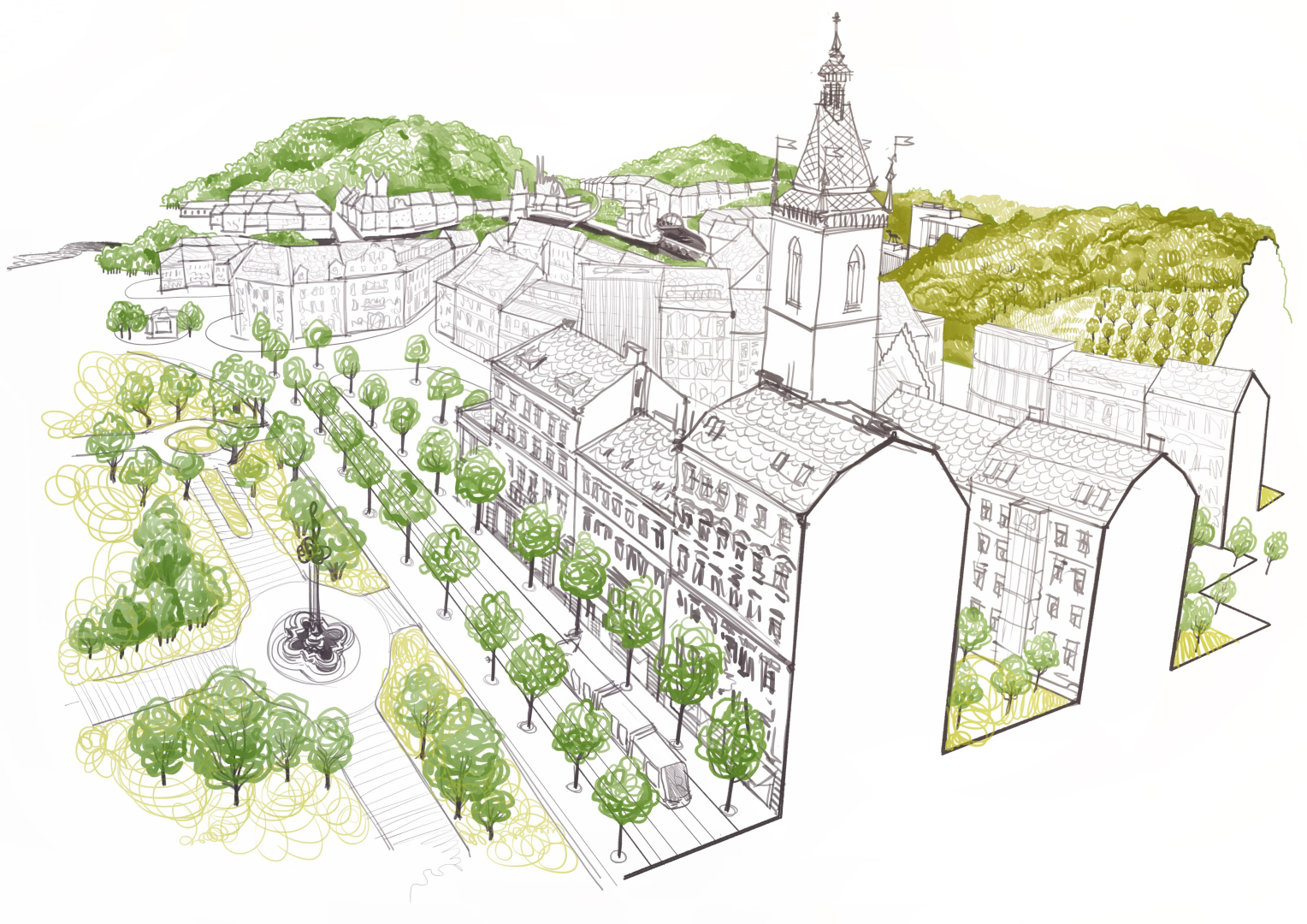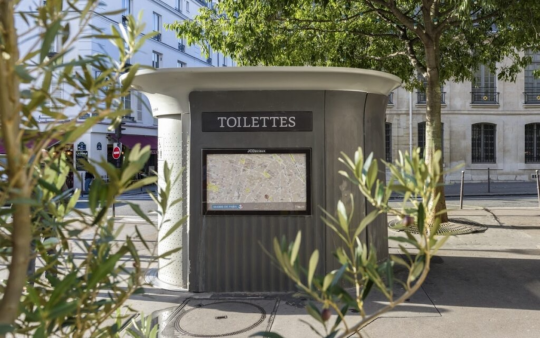Prague releases guide for street tree planting
The Prague City Council has approved a new set of standards for the planting of trees in the city. This document, created as a follow-up to the Prague Climate Change Adaptation Strategy, defines where to plant and how best to care for the city’s trees. The document will be binding for city organizations and municipal departments.

The Working Group on Street Trees, established by the Prague Institute of Planning and Development (IPR Prague), has produced a comprehensive, two-part document, the first of which describes the need for street trees in citywide planning and lays out standards for their management, quality, and care. The second part contains specific technical requirements, and is intended to serve as a practical guide for planning and commissioning street trees.
Zdeněk Hřib, Prague’s mayor, says: "The standards for planning, planting, and maintaining street trees in the city is an important element of blue-green infrastructure. We need and want trees on Prague's streets because they cool the neighborhoods, absorb dust, provide shade in the summer, and improve the appearance of the streets. That is why we set the ambitious goal of planting one million trees in eight years, and we are succeeding in meeting it. The approved guidelines will help us make full use of the potential that greenery has in the city."
Petr Hlaváček, First Deputy Mayor of Prague, notes: "The need for a uniform urban standard for street trees stems from the long-term deterioration of conditions for trees, the impacts of climate change, and the related need to tailor street tree care. The new standards thus represent a set of necessary principles for quality planning, planting, and care for trees in the city."
Street trees are subjected to long-term stress from challenging conditions including high temperatures, prolonged drought, poor soil and spatial conditions, and overlaps with utility infrastructure. Moreover, the management and care for trees in Prague is divided among several entities that have different internal standards. This results in an unsustainable system of tree maintenance and care.
Petr Hlubuček, Deputy Mayor for the Environment, notes that: “The new standards will help all actors with the necessary coordination between planting and tree care and upcoming investments in city streets. Building on the Climate Plan and the Adaptation Strategy, and together with the new Rainwater Management Standards, these practical documents will help with the city's adaptation to climate change. It is essential to support the care of trees and greenery financially, which is why we are aiming for an increase in the budget next year."
Together with the new street tree standards, the standards for rainwater management that were provided for Prague by the city's Department of Environmental Protection will contribute to the better irrigation and overall improved conditions of the city’s trees.
Adam Scheinherr, Deputy Mayor for Transport, notes: "It is important that both standards were developed in close cooperation with the concerned municipal organizations that work with trees in the streets – such as the Technical Administration of Communications. This ensured the smoothest possible adoption of the methodologies and their actual use in practice."
Ondřej Boháč, Director of IPR Prague, notes that: "The biggest problem for trees in the city is that they don't have enough water or suitable conditions for root growth. The new standards aim to make trees more resilient to climate change, which no document has done so far. It is no longer enough to dig a hole and put a tree in it, as we used to do. The new manual now tells us how and where to plant the tree so that it can grow and thrive."
An important follow-up activity is the adoption of the standards across city organizations to ensure their practical use in planning and caring for trees, and cooperation with the city districts concerned. Key parts of the document will also be incorporated into the Prague Building Regulations, which are legally binding.
You might also be interested in

Two public hearings will help Prague residents get to know the draft Metropolitan Plan.

According to Prague’s City Councilors, public toilets should be more accessible.

